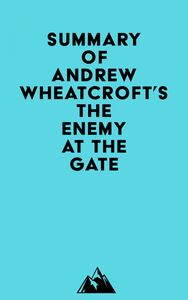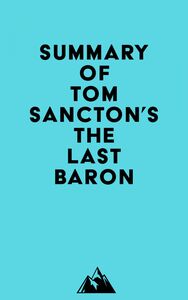
Please note: This is a companion version & not the original book.
Sample Book Insights:
#1 In 1682, the Ottoman Empire was going to war with the Habsburg Empire. The sultan, Mehmed IV, was going to lead the army himself. The presence of the sultan directed the whole force of the empire against their adversary.
#2 The Ottoman war camp, by contrast, was a perfect model city. It was made of broadcloth, canvas, silk, brocade, and embroidery rather than brick and stone. The sultan and his officials had a passion for the open air, and they would often hold alfresco meals in the palace grounds.
#3 The Ottoman Empire was well prepared for the campaign of 1683. The war camp was made up of 15,000 tents large and small, and every other provision was on the same scale. The soldiers were well cared for, and they did not have to forage or live off the land.
#4 The Ottoman Empire had a secret weapon that justified their campaign against the Habsburgs. The truce between the Habsburgs and the Ottomans had been ongoing for almost eighty years, and there had been no signs of war. But the Ottomans had a reason to war against the Habsburgs.Book details
-
Publisher
-
Language
English -
Publication date
-
Theme






